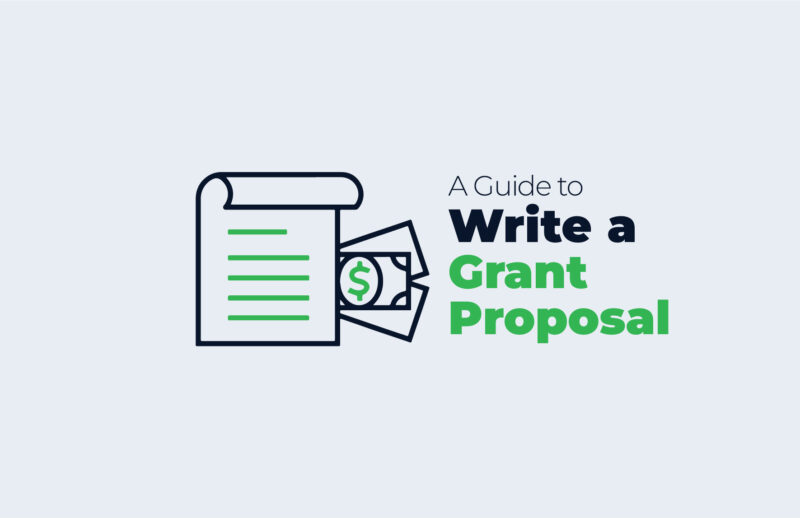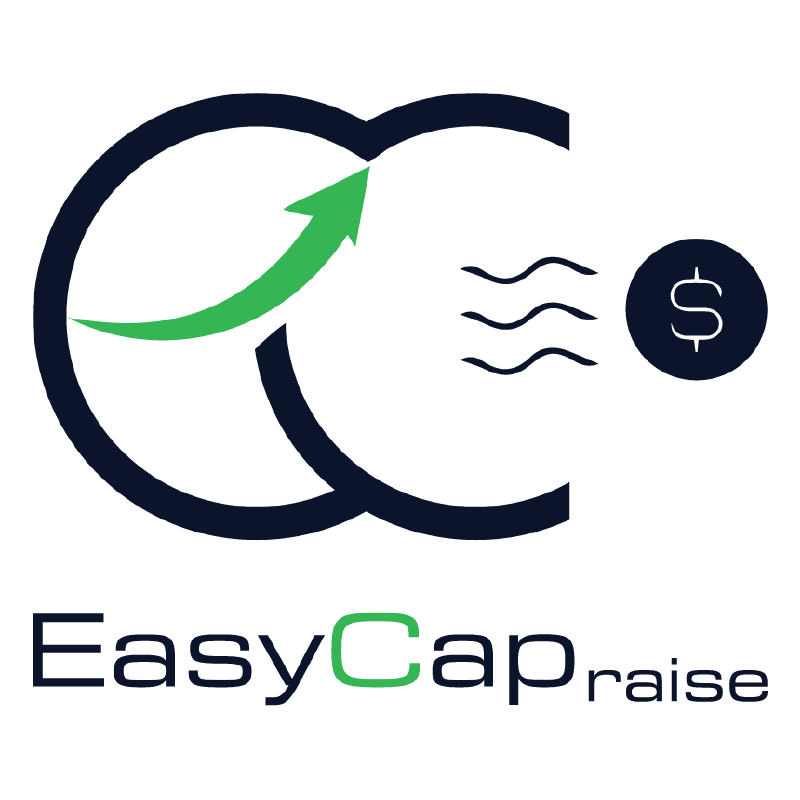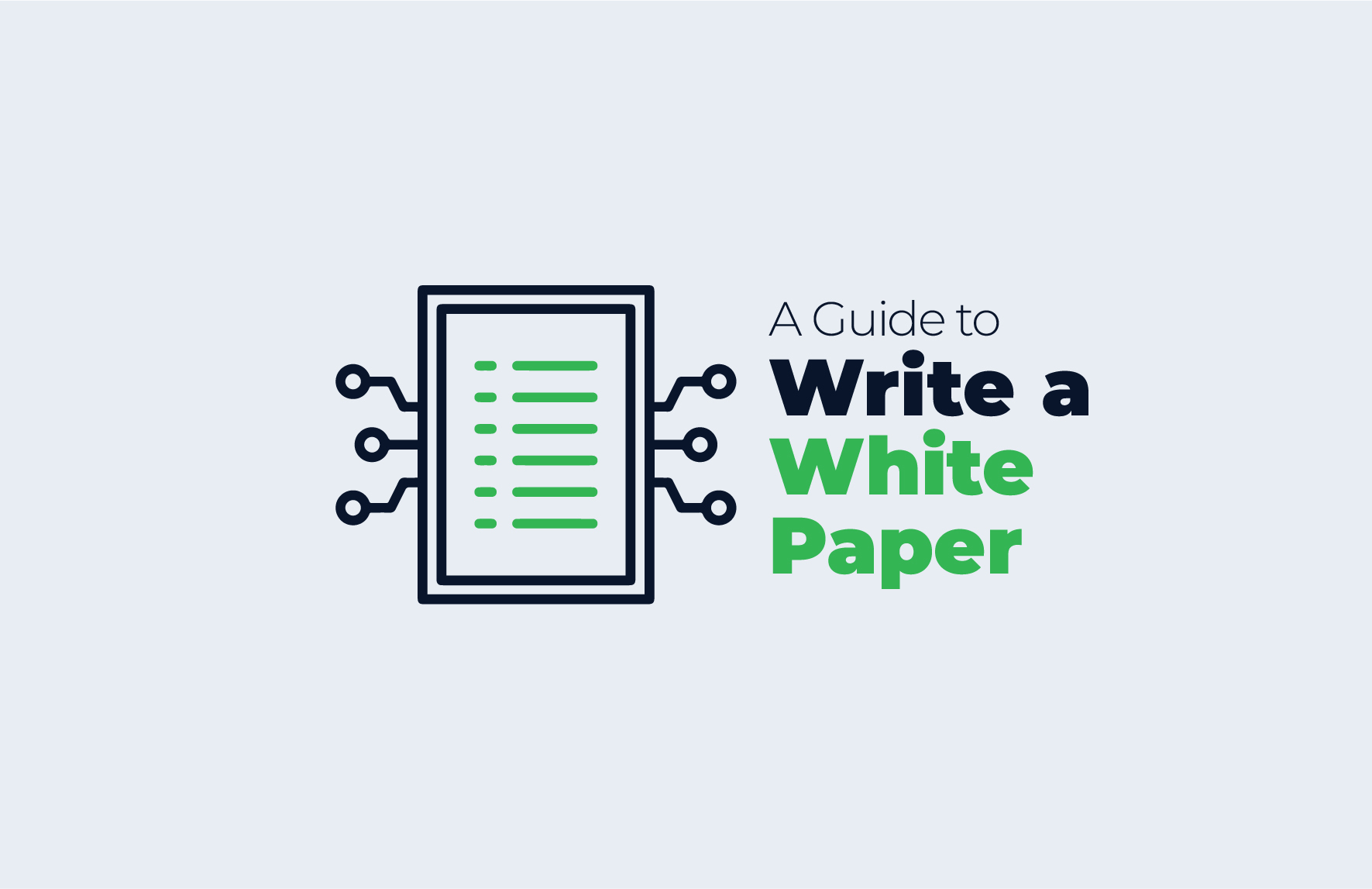Tips for a successful grant proposal: research well, address the funder’s priorities, write a compelling narrative, detailed budget, and proofread for errors.
Unlocking Funding Potential: A Comprehensive Guide to Writing a Grant Proposal for Startups

Unlock the Door to Growth: How Grant Proposal Can Help Fund Your Startup
Startups face many challenges when it comes to securing funding, but grant funding can be an excellent opportunity to get the financial support a startup needs to grow and scale their business. Unlike other forms of funding, grants are awarded based on the merit of a project or proposal, which means that startups with innovative ideas or solutions to pressing problems can secure funding even if they lack the track record or assets of established businesses. This guide will help you understand the importance of grant funding for startups and how you can increase your chances of securing a grant for your startup.
Writing a grant proposal can be a daunting task, especially for startups that may not have a lot of experience with grants. This guide will walk you through the grant-writing process, from researching funding opportunities to submitting a proposal. We’ll also discuss common mistakes to avoid and identify key elements of a winning proposal or deck. By the end of this guide, you’ll have the tools and knowledge you need to craft a proposal or deck that stands out from the competition and increases your chances of securing funding.
We’ll also cover the benefits of grants for startups, the most common types of grants available, and real-life examples of startups that have succeeded with grant funding.
Key takeaways:
- Understanding the different types of grants available for startups and how they can help to fund the business.
- Researching funding opportunities and meeting eligibility requirements to increase the chances of getting the grant.
- Identifying key elements of a successful proposal or deck such as the executive summary, project description, budget, and timelines, and making a compelling argument that showcases the potential impact of the project.
- Organizing and formatting the proposal or deck, including appendices, proofreading, and editing the proposal or deck.
- Tailoring the proposal or deck to the funding agency, building relationships with funders, following up on the proposal or deck, and finalizing the process with final tips and tricks.
- Using examples of winning proposals or decks as a reference to increase the chances of getting the grant.
Understanding the Grant Application Process
- Researching Funding Opportunities: Finding the Right Grant for Your Startup
Finding the right grant for your startup can be a challenging task. With so many funding opportunities available, it can be difficult to know where to start. The key is to research funding opportunities that align with your startup’s mission and goals. This will increase your chances of finding a grant that is a good fit for your business.
One effective way to find funding opportunities is to search online databases such as Grants.gov or the Foundation Center. You can also attend networking events and speak with industry experts to learn about new funding opportunities.
- Eligibility Requirements and Criteria: Meeting Funders’ Expectations
Each grant has its own set of eligibility requirements and criteria that applicants must meet. Common requirements include proof of nonprofit status, matching funds, and specific demographic or geographic focus. It’s important to understand these requirements and criteria before you apply so that you can make sure your proposal meets the funder’s expectations.
To increase your chances of getting the grant, align your proposal with the funding agency’s priorities and provide a detailed project budget that demonstrates the feasibility of your project.
- Avoiding Common Mistakes: Steering Clear of Pitfalls in the Application Process
Applying for a grant can be a complex process, and it’s easy to make mistakes. Some common mistakes include failing to follow application instructions, not providing enough detail about the project, or not allowing enough time to complete the application.
To avoid these mistakes, create a checklist of application requirements and review your application with a critical eye before submitting it. Additionally, start working on your application well in advance of the deadline to avoid last-minute stress and mistakes.
Identifying Key Elements of a Successful Grant Proposal
Executive Summary: Making a Strong First Impression
- The executive summary is the first thing that the reviewers will read, and it’s crucial to make a good first impression. It should provide a concise overview of the proposal or deck and should highlight the significance of the project, the problem it aims to solve, and how it aligns with the funding agency’s mission. Keep in mind that the executive summary should be no more than one page and should be written in a clear, concise, and compelling manner.
- To write an effective executive summary, start by outlining the main points of your proposal or deck, and then focus on the most important and unique aspects of your project. Use persuasive language and storytelling techniques to make your proposal or deck stand out.
Project Description: Communicating the Significance and Impact
- A project description should provide a detailed explanation of the background and context of the problem, the objectives and goals of the project, and the methods and techniques that will be used to achieve them. It should also communicate the significance and impact of the project, such as the potential benefits and outcomes.
- To make your project description stand out, use data and statistics to support your claims and highlight the potential impact of your project. Also, use storytelling techniques to make your proposal or deck more engaging and persuasive.
Budget and Timelines: Demonstrating Feasibility and Sustainability
- A realistic and detailed budget and timeline are essential elements of a successful proposal or deck. They demonstrate to the funders that you have a clear plan for how the project will be implemented and that it is feasible and sustainable.
- To create a budget and timeline that stand out, be specific and detailed in your estimates, and use clear and persuasive language to explain how your project will be implemented and sustained over time.
Persuasion and Storytelling: Crafting a Compelling Argument
- Persuasion and storytelling are powerful tools in grant writing. They help you to create a compelling argument that showcases the potential impact of your project.
- Use persuasive language and storytelling techniques throughout your proposal or deck, highlighting the problem you’re solving, the significance of your project, and the potential impact it will have. Use real-life examples, testimonials, and data to support your claims and make your proposal or deck more engaging and persuasive.
Putting it all Together
Organizing and Formatting the Proposal or Deck: Making it Easy to Read and Understand
- A well-organized and clearly formatted proposal or deck is crucial to making a good impression on reviewers. It should be easy to read and understand, with headings and subheadings that guide the reader through the key points of the proposal or deck. The use of bullet points, charts, and graphs can also make data and statistics more visually appealing and easier to understand.
- To organize and format your proposal or deck, create an outline that includes the key elements of a successful proposal or deck, such as the executive summary, project description, budget, and timelines. Use a consistent format throughout the proposal or deck, and make sure that it is visually appealing.
Including Appendices: Providing Additional Information
- Appendices are an important part of a proposal or deck, as they provide additional information that supports the main proposal or deck. Examples of information that should be included in appendices are letters of support, resumes, and detailed project budgets.
- To effectively format and present appendices, make sure that they are clearly labeled and organized. Use the same format as the main proposal or deck, and make sure that they complement the main proposal or deck.
Proofreading and Editing: Fine-tuning the Proposal or Deck
- Proofreading and editing are essential steps in the grant-writing process. They help you to ensure that your proposal or deck is error-free and easy to understand.
- To proofread and edit your proposal or deck, start by reading it carefully, and paying attention to grammar, spelling, and punctuation. Use grammar and spell-checking tools to catch any errors.
- It’s also helpful to get feedback from others, such as colleagues or mentors, to get a fresh perspective on your proposal or deck.
Examples of Winning Proposals or Decks: Learning from the Best
- Reviewing examples of successful grant proposals or decks can be a valuable learning experience. It can give you a sense of what works and what doesn’t, and help you to understand what the reviewers are looking for.
- Look for examples of winning proposals or decks in your industry or similar field. Analyze the key elements of these proposals or decks, such as the executive summary, project description, budget, and timelines. Pay attention to how the proposal or deck is organized, formatted, and presented, and note any persuasive language or storytelling techniques that are used.
Final Tips and Tricks
Tailoring the Proposal or Deck for the Funding Agency
- Tailoring your proposal or deck for the specific funding agency and its mission, priorities, and guidelines is crucial to increasing your chances of getting the grant. It shows that you have done your research and understand the funding agency’s priorities.
- To tailor your proposal or deck for the funding agency, start by researching the agency’s mission and priorities. Look for information on their website, or reach out to them to ask for more information. Use this information to align your proposal or deck with the agency’s priorities.
Building Relationships with Funders
- Building relationships with funders can be a valuable way to increase your chances of getting the grant. It shows that you are committed to the project and have a long-term vision for it.
- To build relationships with funders, attend networking events, reach out to them via email, or call them to introduce yourself and your project. Keep in touch with them even after the grant application process to show that you are still interested and committed to the project.
Following up on the Proposal or Deck
- Following up on the proposal or deck is an important step in the grant-writing process. It shows that you are interested in the outcome and gives you an opportunity to address any questions or concerns.
- To follow up, send a polite email or make a phone call to inquire about the status of the proposal or deck. Even if the grant is not awarded, be sure to thank the funding agency for their time and consideration.
The journey of writing a winning grant proposal or deck can be daunting and time-consuming, but with the right guidance and support, you can increase your chances of getting the grant and secure the funding you need to grow your startup. Our team of experts has years of experience in writing successful grant proposals and decks for startups just like yours. We understand the ins and outs of the grant application process and can provide you with tailored support and guidance to suit your specific needs.
If you’re ready to take the next step, book a call with us today to learn more about our services and how we can help you write a winning grant proposal or deck and save time and increase chances of getting the grant. With our support, you can focus on what you do best—running and growing your startup—while we take care of the grant application process for you.
Summary:
The article provides startups with a guide on how to write a winning grant proposal or deck. It covers topics such as understanding different types of grants available for startups and their potential benefits, researching funding opportunities, and meeting eligibility requirements, identifying key elements of a successful proposal or deck and making a compelling argument, organizing and formatting the proposal or deck, proofreading and editing the proposal or deck, providing examples of winning proposals or decks, tailoring the proposal or deck to the funding agency, building relationships with funders, following up on the proposal or deck, and finalizing the process with final tips and tricks to increase chances of getting the grant.
FAQs about Grant Proposal:
What types of grants are available for startups?
There are different types of grants available for startups, including government grants, private grants, and non-profit grants. Each type of grant has its own set of eligibility requirements and criteria, so it’s important to research the funding opportunities that are most relevant to your startup.
How can I make my grant proposal or deck stand out?
To make your proposal or deck stand out, it’s important to identify the key elements of a successful proposal or deck, such as the executive summary, project description, budget, and timelines, and make a compelling argument that showcases the potential impact of the project. Also, you can use persuasive language and storytelling techniques throughout your proposal or deck, highlighting the problem you’re solving, the significance of your project, and the potential impact it will have.
How do I follow up on my grant proposal or deck?
Following up on your proposal or deck is an important step in the grant-writing process. You can send a polite email or make a phone call to inquire about the status of the proposal or deck. Even if the grant is not awarded, be sure to thank the funding agency for their time and consideration.
What are some examples of winning grant proposals or decks?
Examples of winning grant proposals or decks can be found in your industry or similar field. Analyze the key elements of these proposals or decks, such as the executive summary, project description, budget, and timelines. Pay attention to how the proposal or deck is organized, formatted, and presented, and note any persuasive language or storytelling techniques that are used.
How can I tailor my proposal or deck to the funding agency?
Tailoring your proposal or deck to the specific funding agency and its mission, priorities, and guidelines is crucial to increasing your chances of getting the grant. To tailor your proposal or deck to the funding agency, start by researching the agency’s mission and priorities. Look for information on their website, or reach out to them to ask for more information. Use this information to align your proposal or deck with the agency’s priorities. Make sure to use the right terminology and make sure that your proposal or deck meets the guidelines of the funding agency.
How can I build relationships with funders?
Building relationships with funders can be a valuable way to increase your chances of getting the grant. It shows that you are committed to the project and have a long-term vision for it. To build relationships with funders, attend networking events, reach out to them via email, or call them to introduce yourself and your project. Keep in touch with them even after the grant application process to show that you are still interested and committed to the project.
How can I proofread and edit my proposal or deck?
Proofreading and editing are essential steps in the grant-writing process. They help you to ensure that your proposal or deck is error-free and easy to understand. To proofread and edit your proposal or deck, start by reading it carefully, and paying attention to grammar, spelling, and punctuation. Use grammar and spell-checking tools to catch any errors. It’s also helpful to get feedback from others, such as colleagues or mentors, to get a fresh perspective on your proposal or deck.
What are the final tips and tricks for writing a successful grant proposal or deck?
Some final tips and tricks for writing a successful grant proposal or deck are: tailoring the proposal or deck to the funding agency, building relationships with funders, following up on the proposal or deck, reviewing examples of winning proposals or decks, and proofreading and editing your proposal or deck.
Contact us
Good to have you here! If you have any queries, please leave your message. Our team will reach out soon:)
.




